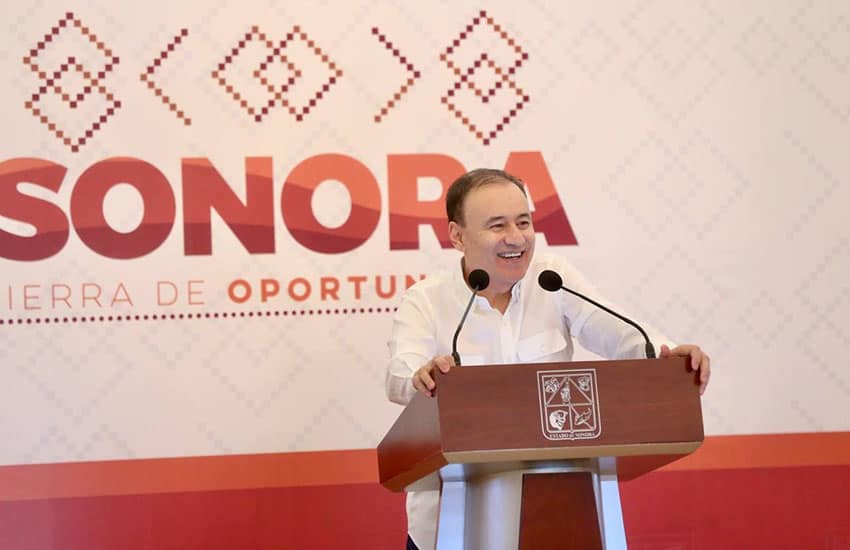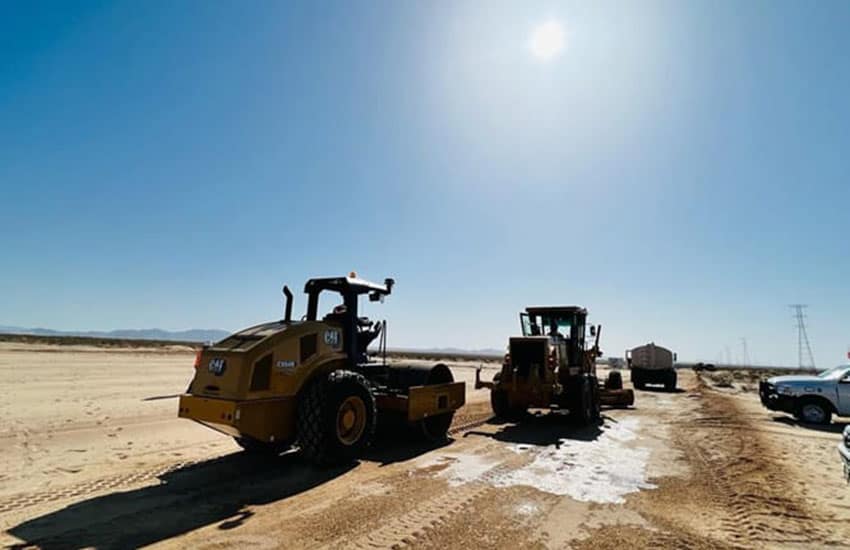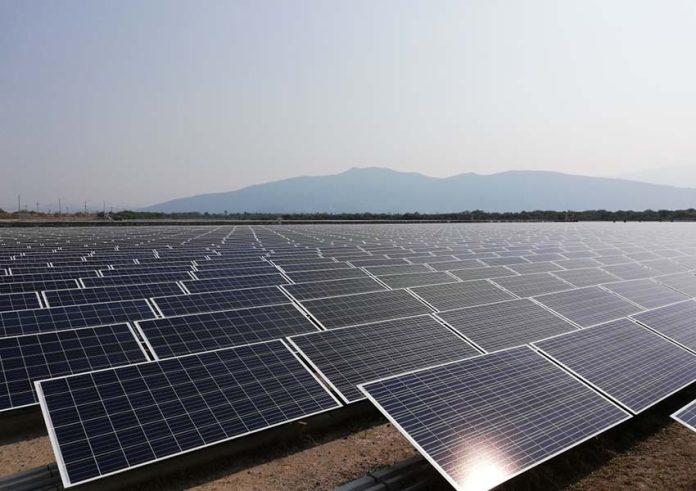Mexico’s Energy Regulatory Commission (CRE) has granted a permit to the Federal Electricity Commission (CFE) to generate energy at the solar power farm that is under construction in Puerto Peñasco, Sonora.
The permit granted to the CFE allows for the generation of solar power at the Puerto Peñasco plant for 30 years, although it could be withdrawn if not found to be in legal compliance.
The CFE will own 54% of the plant and the Sonora state government will own 46%, according to Sonora Governor Alfonso Durazo Montaño.
The solar power plant reportedly will be the largest in Latin America and the eighth largest in the world when it is completed.
Authorities said commercial activities will begin there in May 2023 and that the second phase will begin operations in May 2024.
The plant will be located on the Miramar ejido (communal land) on the Puerto Peñasco–Caborca highway. It’s being built on land donated by businessman Daniel Chávez, owner of Grupo Vidanta.
The plans for the US $1.69 billion project were announced 14 months ago, with both President López Obrador and Durazo (then the governor-elect) singing the praises of the Mexican state’s pursuit of clean energy production, which is a sector that has been dominated by private investment.
The photovoltaic plant will satisfy the demand for electricity in northwestern Mexico, a region that uses fossil fuels to generate electricity or imports it from the United States. Its location will take advantage of the sun-drenched, desert conditions of Puerto Peñasco, in a stretch of land between the Gulf of California and the Arizona border.

In addition, it was announced that 10 public sector agencies are coming together to create the Sonora Clean Energy Plan, reportedly at the urging of López Obrador.
Representatives will come from the economic, treasury and foreign affairs ministries, CFE, Sener (energy), Semarnat (environment and natural resources), the navy, the Mexican Geological Service and elsewhere. The committee is supposed to come up with a plan within a month, Durazo said.
“We are going to go from being net importers of energy to being exporters because a high-voltage line is going to be added to link the solar power plant to the Baja California peninsula” and the National Interconnected System (SIN), Durazo added. “I want to replicate in the state of Sonora the model of the Puerto Peñasco solar plant in two, three, four, five places.”
The SIN is Mexico’s national grid for electricity distribution. It serves about 98% of Mexico.

“The president says that he wants to turn Sonora into the Silicon Valley of clean energy,” Durazo said.
The first phase of the project will cover some 2,000 hectares with solar panels, according to the governor.
“The first section is already under construction, and the tender for the second stage is coming,” he added, “and the second stage will be triple the first. The first is 124 megawatts; the second will be close to 400 megawatts … truly a mega-work.”
In reports last year, it was noted that electricity generated by the plant will benefit the more than 4 million inhabitants of Sonora and Baja California, replacing Baja California’s purchase — at a high cost — of electricity from California. It will also connect electricity-strapped Baja California to the rest of the country, as it currently operates separately from the SIN.
With reports from Forbes, Reforma and El Sol de Hermosillo
